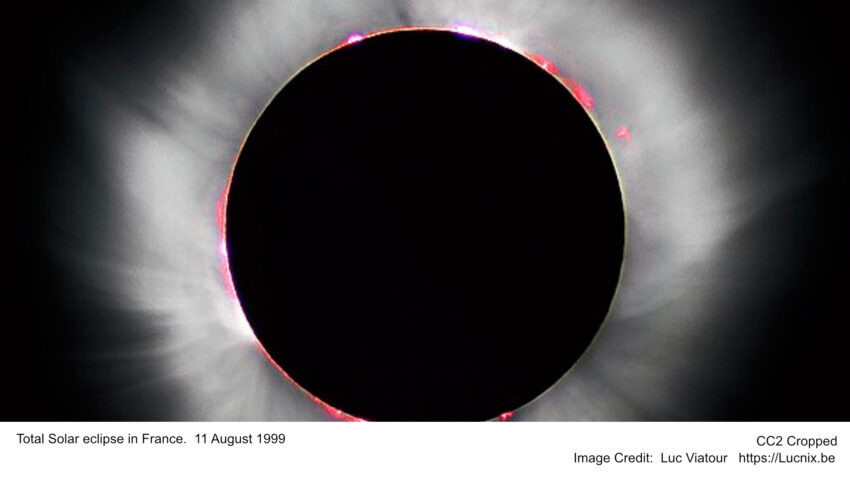European satellites launched from India, aiming to create artificial solar eclipses. This mission seeks to enhance our understanding of the sun’s corona. The European Space Agency (ESA) orchestrated the launch, which took place from the Indian Space Research Organisation’s facility. The mission is a tech demonstration that involves two satellites working in tandem.
- Innovative Solar Research: The European Space Agency’s (ESA) Proba-3 mission uses two satellites to create artificial solar eclipses, allowing extended studies of the sun’s corona—up to six hours per eclipse.
- Cutting-Edge Tech: Advanced technologies like GPS, star trackers, and lasers ensure precise alignment of the satellites, which orbit 492 feet apart to simulate the eclipse effect.
- Scientific Goals: Researchers aim to uncover why the corona is hotter than the sun’s surface and gain insights into coronal mass ejections that can impact Earth’s power grids and communications.
- Global Collaboration: The mission highlights international collaboration, with ESA launching from the Indian Space Research Organisation’s facility, demonstrating shared progress in space exploration.
According to reports from NBC News and other media, the satellites will simulate solar eclipses by casting shadows on each other. This will allow scientists to study the sun’s outer atmosphere for extended periods. Each eclipse will last approximately six hours, far longer than natural eclipses on Earth, which only last a few minutes. The satellites will fly 492 feet (150 meters) apart, enabling one to block the sun’s light from reaching the other.
The mission, known as Proba-3, requires precise alignment and separation of the satellites. They will rely on advanced technologies, including GPS, star trackers, lasers, and radio links, to maintain their positions. Each satellite is a cube less than five feet across, equipped with a disk to block sunlight, mimicking the moon during a natural solar eclipse.
ESA’s technology and engineering director, Dietmar Pilz, emphasized the scientific significance of this mission. Scientists need to completely block the sun’s face to study the corona closely. They aim to understand why the corona is hotter than the sun’s surface and learn more about coronal mass ejections. These ejections, which release billions of tons of plasma with magnetic fields, can cause geomagnetic storms disrupting power and communications on Earth.
The satellites will follow an elliptical orbit, ranging from 370 miles to 37,000 miles above Earth. The mission will generate hundreds of eclipses during its two-year operation, with the first results expected by March. Each orbit will take nearly 20 hours, with six hours dedicated to creating an eclipse.
The mission faced a brief delay due to an issue with the backup propulsion system on one satellite. Engineers resolved the issue with a software fix, ensuring the mission’s continuation. The $210 million mission will provide new insights into solar phenomena and their impacts on Earth.
Once the mission concludes, the satellites will gradually descend and burn up in Earth’s atmosphere, likely within five years. This mission represents a milestone in space technology and solar research, offering unprecedented access to data about the sun’s corona.

